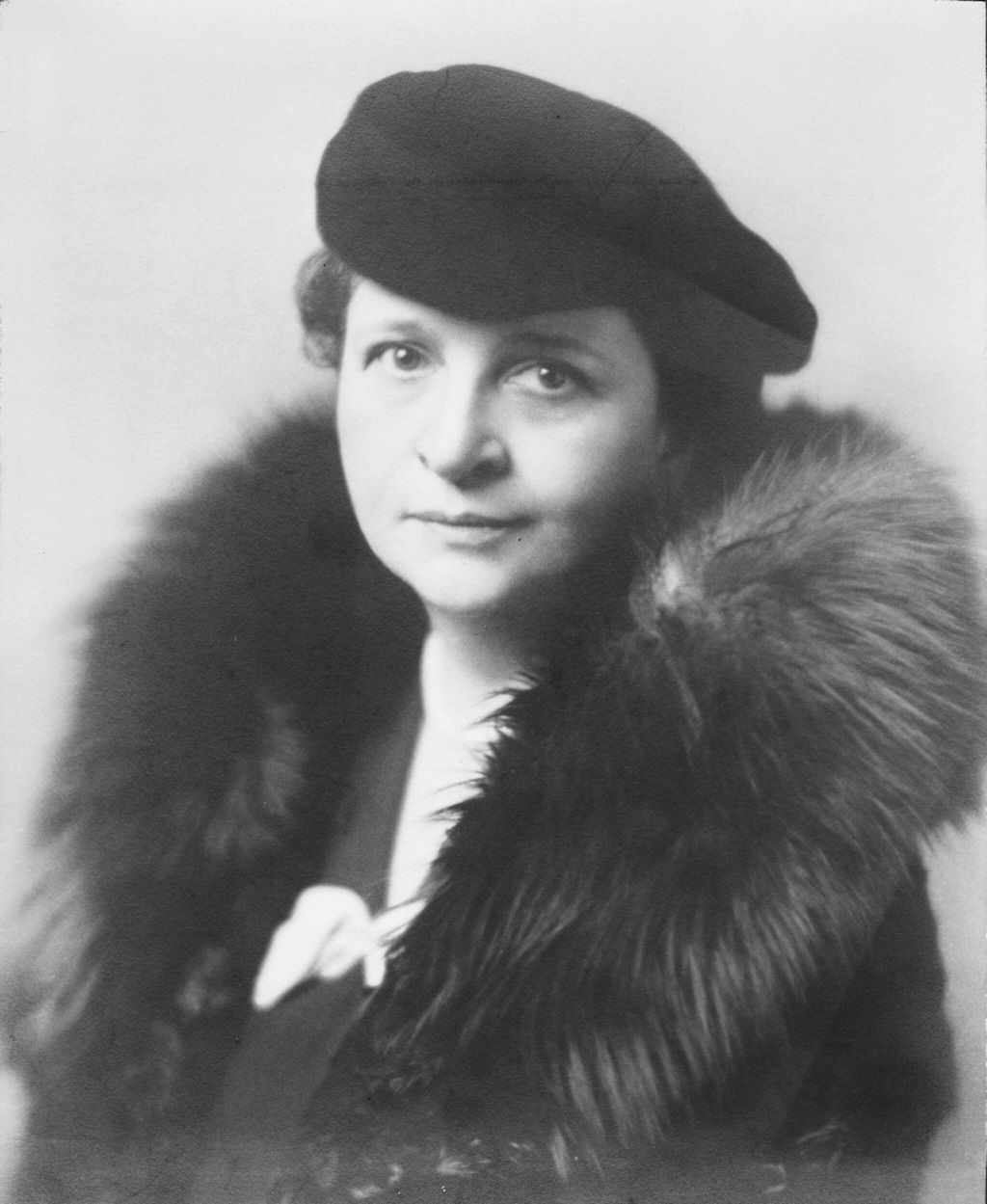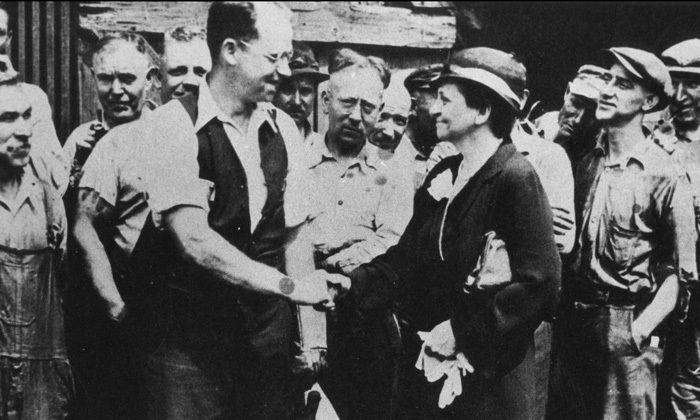A New Deal for All: Frances Perkins
Frances Perkins became the first woman to serve as a cabinet secretary when President Roosevelt appointed her Secretary of Labor in 1933. She graduated from Mount Holyoke College in 1902 with a Bachelor of Arts degree in physics with minors in chemistry and biology. At Mt. Holyoke, a class in American economic history required her to visit local mills and she later recalled that she was “horrified” at the working conditions.

Frances Perkins taught Physics at Ferry Hall from 1904 to 1906. While at Ferry Hall, Perkins spent her free time at the Hull House and Chicago Commons settlement houses in Chicago and became convinced that working to better conditions for the poor and unemployed would be her vocation.

Frances Perkins became a leading expert in worker health and safety. She worked with the New York legislature to pass the most comprehensive worker protection laws in the country after witnessing firsthand the 1911 fire at the Triangle Shirtwaist Factory which had killed 146. Perkins oversaw the New York labor department under Governor Franklin D. Roosevelt.

When Franklin was elected President, he asked Frances Perkins to serve in his cabinet at Secretary of Labor. She outlined for him a set of policy priorities she would pursue: a 40-hour work week; a minimum wage; unemployment compensation; worker's compensation; abolition of child labor; direct federal aid to states for unemployment relief; Social Security; a revitalized federal employment service; and universal health insurance. She made it clear to Roosevelt that his agreement with these priorities was a condition of her joining his cabinet. Roosevelt said he endorsed them all, and Frances Perkins became the first woman in the nation to serve in a Presidential cabinet. (Source: Frances Perkins Center)
As Labor Secretary (1933-1945), she was the principal architect of the New Deal. Perkins is credited with formulating policies to shore up the national economy during the Great Depression, and helping to create the modern middle class.